Team colours can come to symbolise a lot.
If a Dubliner were to fall into a Rip Van Winkle-like sleep and then, on his rousing in the deep future, wander into a full Croke Park featuring a team in sky blue and navy up against one in green and gold, he would automatically lean one way, even without any knowledge of the players involved.
Of course he would, you’d say, because he knows that those are the Dublin colours – that’s how he knows who to support.
To take a slightly different example – if, through a series of extremely unlikely events, all of Manchester United’s players joined Liverpool next week and all of Liverpool’s players went the other way, an Irish fan of either club would remain loyal to the badge and the colours rather than the personnel.
To quote the great Jerry Seinfeld, “You’re actually rooting for the clothes, when you get right down to it.”
And, when it comes down to it, the primary function of those clothes is to help identify the competitors and, in team sports, to distinguish one from the other.
Traditionally, Derry have played in white jerseys with a red hoop and red shorts but, in part due to the regularity of meetings against Tyrone, the red jersey with a white hoop is a relatively common sight.
Under the current management, that jersey has become the de facto first choice for the team, and it’s what they wore last Sunday as they retained the Ulster title for the first time since 1976.
However, their opponents in Clones were Armagh, who of course wear a reddish shade of orange.
Clash
Unsurprisingly, it was a bad colour-clash, making it difficult for spectators and TV viewers, with much social media comment on the situation.
It’s fine for Derry to feel that the mainly red jersey is a lucky charm – though, incidentally, it’s worth noting that the GAA’s Official Guide stipulates a €500 fine for a county not wearing its registered first-choice kit – and they would have been loathe to go back to white for a big game while Armagh, not wanting to yield anything, weren’t going to volunteer to wear their black change kit to accommodate the opposition.
At the same time, only a week previously, Galway’s footballers had played in their alternative strip of white jerseys and maroon shorts in playing the all-black-clad Sligo in the Connacht final and it didn’t do the Tribesmen any harm.
The bottom line is that it shouldn’t have been up to either county. It wasn’t a difficult problem for the Ulster Council to foresee and to act upon in good time, but the old adage that “prevention is better than cure” is often in short supply when it comes to the GAA. CL
The week before last, Cork and Kerry played out a draw in the Munster Ladies Gaelic Football Association (LGFA) Championship at Páirc Uí Chaoimh.
Played as a stand-alone fixture rather than a double-header, the game was watched by an attendance in the hundreds rather than the thousands. In such a cavernous ground, any crowd that is there is lost. Contrast that with last Sunday in Clonakilty, where Cork took on Waterford.
The numbers attending may not have been much more than the Kerry game in Cork city, but the venue was far better suited to it, creating a better atmosphere and keeping with the sense of ceremony as west Cork hosted a senior championship match for the first time.
On the one hand, the organisers don’t want to turn down a place like Páirc Uí Chaoimh if it is available and the players want to play at the best stadia, but in terms of promotion, a young (or old) supporter is more likely to remember the occasion created by a packed ground on a beautiful summer’s day.
Think of something you’re really good at – like, something where you’re way better than your peers.
If a world ranking existed for that, would you be anywhere close to being in the top 700 in the world? How much better would you need to become in order for that to happen?
A week ago, John Murphy was ranked 627th in the Official World Golf Rankings, though the Kinsale Golfer had found life tough since earning his card for the DP World Tour for the current season.
Ten missed cuts meant the prize-money ticker had yet to get going and, in a sport like golf, where momentum counts for so much, it would have been understandable if confidence dropped.
However, despite only being 24, Murphy is extremely level-headed and he ensured that the belief continued to outweigh the doubts.
At last week’s Soudal Open in Belgium, he opened with a two-under-par round of 69 and then made the cut with a 71 on Friday.
It says much about his character that, when the DP World Tour Twitter account mentioned him making the weekend after ten missed cuts, he was able to be self-deprecating in response: “I appreciate you leaving out the two missed cuts I had on [the] Challenge Tour in between!”
Saturday brought a six-under-par round of 65 and, though he couldn’t move further up the leaderboard on Sunday, he finished in a tie for 28th, banking €16,293.66. Hopefully this proves to be a platform on which to build.
Munster storm
to URC final
The tight scheduling meant that Leinster couldn’t go bald-headed for last Saturday’s URC semi-final against Munster, with Jack Crowley’s late drop goal giving Graham Rowntree’s side a 16-15 win.
From an Irish rugby point of view, it was probably the best outcome – or at least it will be if Leinster bounce back in this Saturday’s Heineken Champions Cup final against La Rochelle in Marseille.
After an up-and-down season, Munster have found form and have a chance to win a trophy for the first time since 2011, though a final clash with the Stormers in South Africa will be a tall order.
For Leinster, there are bigger fish to fry – La Rochelle managed to beat them in last year’s European final, but the quest for that fifth title is more important.
Leinster’s progress to the decider has been fairly serene and they are favourites, but Ronan O’Gara’s side will be tougher than anything they have faced.
Team colours can come to symbolise a lot.
If a Dubliner were to fall into a Rip Van Winkle-like sleep and then, on his rousing in the deep future, wander into a full Croke Park featuring a team in sky blue and navy up against one in green and gold, he would automatically lean one way, even without any knowledge of the players involved.
Of course he would, you’d say, because he knows that those are the Dublin colours – that’s how he knows who to support.
To take a slightly different example – if, through a series of extremely unlikely events, all of Manchester United’s players joined Liverpool next week and all of Liverpool’s players went the other way, an Irish fan of either club would remain loyal to the badge and the colours rather than the personnel.
To quote the great Jerry Seinfeld, “You’re actually rooting for the clothes, when you get right down to it.”
And, when it comes down to it, the primary function of those clothes is to help identify the competitors and, in team sports, to distinguish one from the other.
Traditionally, Derry have played in white jerseys with a red hoop and red shorts but, in part due to the regularity of meetings against Tyrone, the red jersey with a white hoop is a relatively common sight.
Under the current management, that jersey has become the de facto first choice for the team, and it’s what they wore last Sunday as they retained the Ulster title for the first time since 1976.
However, their opponents in Clones were Armagh, who of course wear a reddish shade of orange.
Clash
Unsurprisingly, it was a bad colour-clash, making it difficult for spectators and TV viewers, with much social media comment on the situation.
It’s fine for Derry to feel that the mainly red jersey is a lucky charm – though, incidentally, it’s worth noting that the GAA’s Official Guide stipulates a €500 fine for a county not wearing its registered first-choice kit – and they would have been loathe to go back to white for a big game while Armagh, not wanting to yield anything, weren’t going to volunteer to wear their black change kit to accommodate the opposition.
At the same time, only a week previously, Galway’s footballers had played in their alternative strip of white jerseys and maroon shorts in playing the all-black-clad Sligo in the Connacht final and it didn’t do the Tribesmen any harm.
The bottom line is that it shouldn’t have been up to either county. It wasn’t a difficult problem for the Ulster Council to foresee and to act upon in good time, but the old adage that “prevention is better than cure” is often in short supply when it comes to the GAA. CL
The week before last, Cork and Kerry played out a draw in the Munster Ladies Gaelic Football Association (LGFA) Championship at Páirc Uí Chaoimh.
Played as a stand-alone fixture rather than a double-header, the game was watched by an attendance in the hundreds rather than the thousands. In such a cavernous ground, any crowd that is there is lost. Contrast that with last Sunday in Clonakilty, where Cork took on Waterford.
The numbers attending may not have been much more than the Kerry game in Cork city, but the venue was far better suited to it, creating a better atmosphere and keeping with the sense of ceremony as west Cork hosted a senior championship match for the first time.
On the one hand, the organisers don’t want to turn down a place like Páirc Uí Chaoimh if it is available and the players want to play at the best stadia, but in terms of promotion, a young (or old) supporter is more likely to remember the occasion created by a packed ground on a beautiful summer’s day.
Think of something you’re really good at – like, something where you’re way better than your peers.
If a world ranking existed for that, would you be anywhere close to being in the top 700 in the world? How much better would you need to become in order for that to happen?
A week ago, John Murphy was ranked 627th in the Official World Golf Rankings, though the Kinsale Golfer had found life tough since earning his card for the DP World Tour for the current season.
Ten missed cuts meant the prize-money ticker had yet to get going and, in a sport like golf, where momentum counts for so much, it would have been understandable if confidence dropped.
However, despite only being 24, Murphy is extremely level-headed and he ensured that the belief continued to outweigh the doubts.
At last week’s Soudal Open in Belgium, he opened with a two-under-par round of 69 and then made the cut with a 71 on Friday.
It says much about his character that, when the DP World Tour Twitter account mentioned him making the weekend after ten missed cuts, he was able to be self-deprecating in response: “I appreciate you leaving out the two missed cuts I had on [the] Challenge Tour in between!”
Saturday brought a six-under-par round of 65 and, though he couldn’t move further up the leaderboard on Sunday, he finished in a tie for 28th, banking €16,293.66. Hopefully this proves to be a platform on which to build.
Munster storm
to URC final
The tight scheduling meant that Leinster couldn’t go bald-headed for last Saturday’s URC semi-final against Munster, with Jack Crowley’s late drop goal giving Graham Rowntree’s side a 16-15 win.
From an Irish rugby point of view, it was probably the best outcome – or at least it will be if Leinster bounce back in this Saturday’s Heineken Champions Cup final against La Rochelle in Marseille.
After an up-and-down season, Munster have found form and have a chance to win a trophy for the first time since 2011, though a final clash with the Stormers in South Africa will be a tall order.
For Leinster, there are bigger fish to fry – La Rochelle managed to beat them in last year’s European final, but the quest for that fifth title is more important.
Leinster’s progress to the decider has been fairly serene and they are favourites, but Ronan O’Gara’s side will be tougher than anything they have faced.




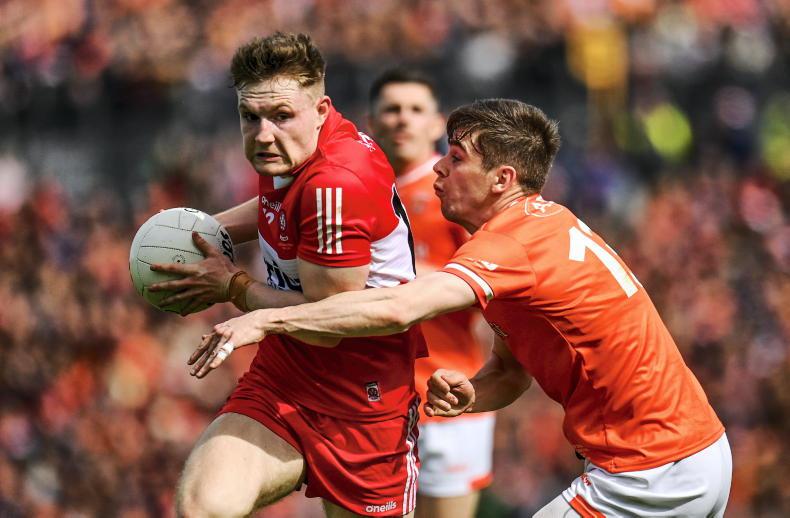
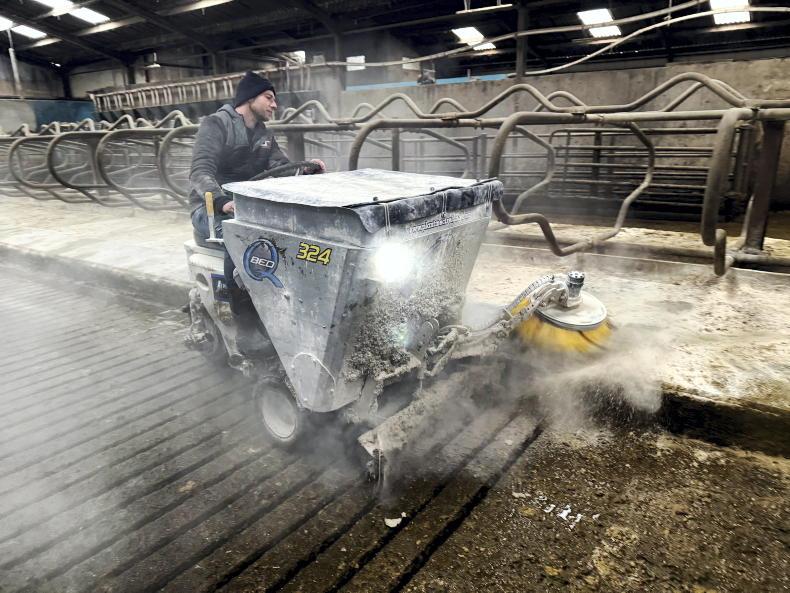
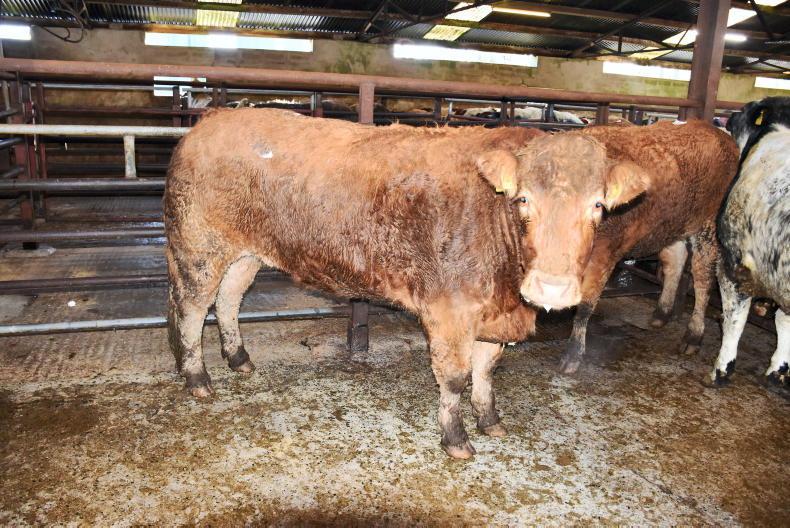
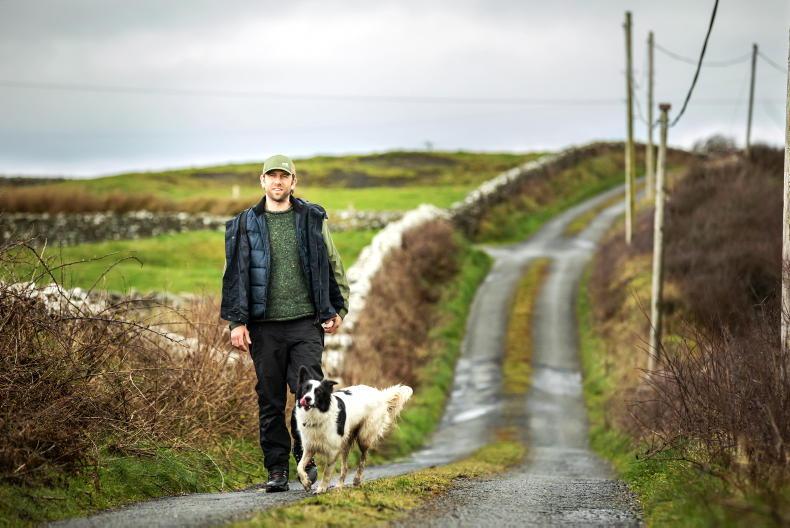
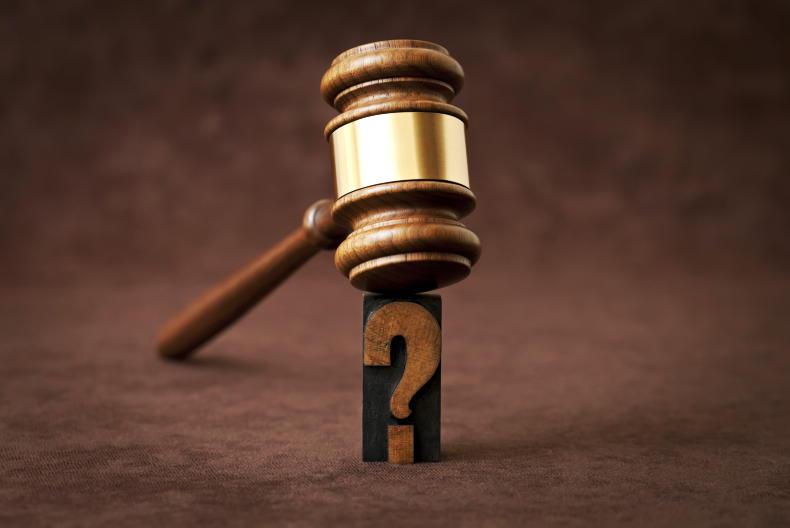
SHARING OPTIONS